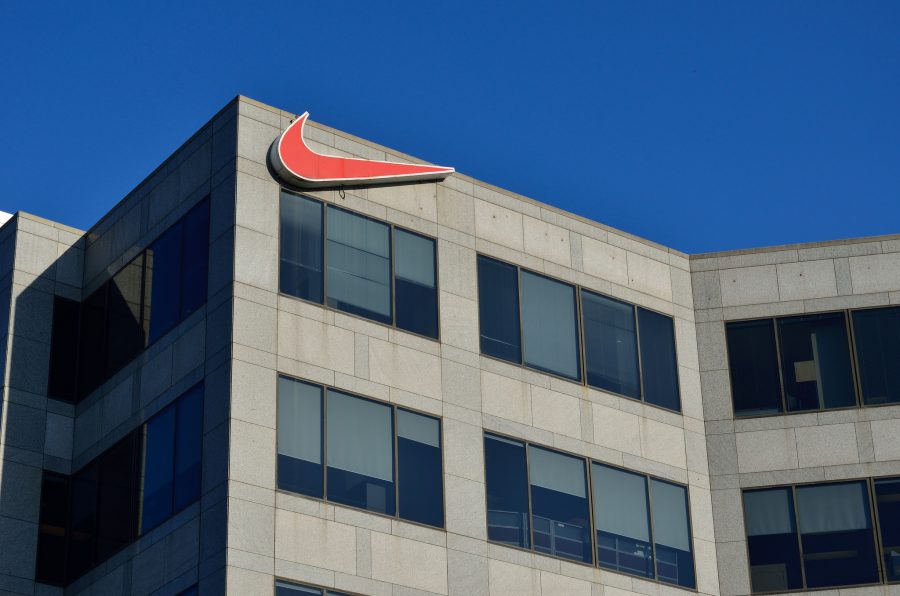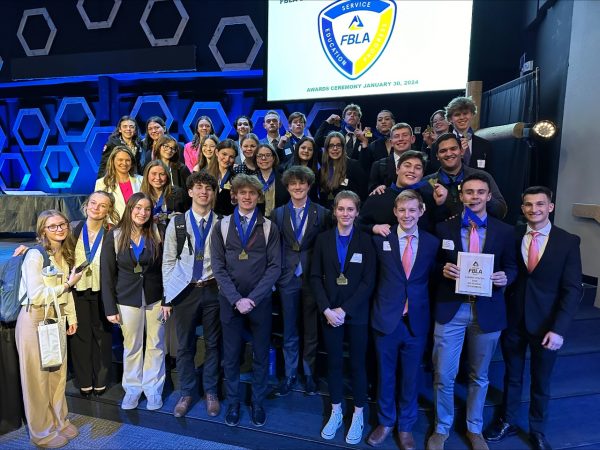Nike to Release Self-Tying Shoes in November
Great Scott! On September 21, 2016, Nike finally announced that their much-awaited self-lacing shoes, the Nike HyperAdapt 1.0, will go on sale on November 28. These shoes, inspired by the shoes worn by Michael J. Fox in Back to the Future II, have been in development since 2009 when Nike filed a patent for an “Automatic Lacing System.” Consumers first learned about this innovative shoe after Mark Parker, CEO and President of Nike, unveiled the HyperAdapt along with a number of other innovations that will be featured in a multitude of Nike shoes.
Before you put on your red vest, get in your DeLorian and travel to your nearest shoe store, be aware that the HyperAdapt will only be at select Nike locations. Consumers serious about buying the shoes must set an appointment with Nike in order to “experience and purchase” the shoe. It must also be noted that Nike has not announced a price for the shoe, but it is expected to be very expensive.
The shoe will automatically tie the laces once the user places his or her foot into the shoe. It does this by detecting weight on the heel and tying the shoes accordingly. However, the shoes will not tighten and loosen the laces automatically. That is where the controls, located next to the tongue of the shoe, come in. The controls include a + (plus) sign for tightening and a – (minus) sign for loosening. Although the shoes are not completely automatic as many people hoped, Nike states, “In short, the Nike HyperAdapt 1.0 is the first step into the future of adaptive performance. It’s currently manual (i.e., athlete controlled) but it makes feasible the once-fantastic concept of an automated, nearly symbiotic relationship between a foot and shoe.” Along with a self-tying mechanism, the HyperAdapt will also feature lights in the sole and the heel. However, due to the number of micro-electronics and lights in the shoe, it will need to be charged. Luckily, it only takes three hours to charge and a full charge will last around two weeks.
Since the shoe is the first of its kind, the features may not be the best they can be. Despite this, Tinker Hatfield, a designer at Nike, stays hopeful as he states, “Wouldn’t it be great if a shoe, in the future, could sense when you needed to have it tighter or looser? Could it take you even tighter than you’d normally go if it senses you really need extra snugness in a quick maneuver? That’s where we’re headed. In the future, products will come alive.”
Nike has spent a great amount of time, money, and effort to be the cutting edge of shoe technology. While the HyperAdapt stole the show at Nike’s Innovation 2016 conference in New York, New York, on September 21, they also released a number of other new innovations that will be featured in other Nike shoes. These new features include their new Nike+ app along with their new Anti-Clog traction and new clothing with AeroSwift technology that makes clothes 10% lighter and wicks away moisture 20% faster than their previous lines.
Although the future of Nike’s shoes has astonished many, Lenovo has also started to take a stab into the shoe market. The tech giant announced on January 9, 2016, a “smart shoe” that will perform the duties of normal fitness trackers, except the heart-rate monitor. While the combination of technology and clothing is a new concept; the pioneers of these new innovative inventions have caught the public’s attention and have several more features planned to enhance your style.

Hi, my name is Jake Werner and this is my staff profile. I am a Copy Editor, the Fun Facts editor, and the editor of the Jetcast and this is my second...


















Luke • Oct 18, 2016 at 12:58 pm
Back to The Future is becoming a reality. this is so cool!
Ashlie Steel • Oct 18, 2016 at 12:02 pm
This is amazing! Not only are they innovative with comfortablity, but think of the positive effects it could have on people with disorders like Parkinson’s who couldn’t even tie shoes themselves. Incredible!
Lauren Berg-Perlow • Oct 18, 2016 at 11:50 am
Wow these are gonna be so cool! Great story
Joseph Cordaro • Oct 18, 2016 at 11:48 am
Cool! I am excited to see this in person when they come out! Just a little late compared to back to the future. Nice job!